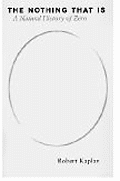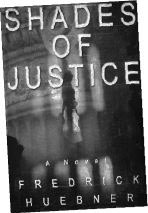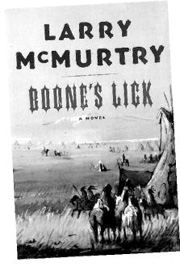It’s said that Abdul Hamid II—the long-reigning Turkish sultan who warred against Russia in the 1870s, ordered horrendous massacres of Armenians during the 1890s, and was later exiled for his misdeeds—had a terrible fear of being forgotten, as if that were possible. So obsessive was his concern that Hamid even commanded his censors to expunge references to H2O from chemistry books brought into his empire, “convinced,” as Robert Kaplan explains in The Nothing That Is, “that the symbol stood for ‘Hamid the Second is Nothing.'”
The Nothing That Is: A Natural History of Zero by Robert Kaplan (Oxford University Press, $22)
Although the sultan so obviously misread the “O” for oxygen in the elemental makeup of water as a zero, his apprehension about that particular numeral was not entirely crazy—or at least didn’t lack for historical precedent. Indeed, during the Middle Ages, zero was disparaged as a mark of infidel sorcery, the sign of the Devil himself, the canceller of all meaning. For the Mayans, Zero was the Death God among their lords of the underworld, and men adopting the persona of Zero were ritualistically sacrificed in hopes of staving off the day of zero, the time when time itself would stop. Only much later was zero reinterpreted as a symbol of God’s power to create a lot out of naught.
As we enter the only triple-zero year most of us will ever experience, it was to be expected that somebody would compile such intriguing arcana into a book. What’s remarkable is that the author, Kaplan, should be a mathematician, one of that breed better known for computational precision than compelling prose. And The Nothing That Is is nothing if not compelling, despite its occasional lapses into algebraic equations and line graphs.
Kaplan follows the roots and uses of zero back to the Sumerians, muses on how ignorance of this cipher hampered the ancient Greeks, and recalls that traders and invaders may have rediscovered zero in India. He goes on to ponder the origins of zero’s shape (does it derive from the round depression left on a sand counting board after the extraction of a stone?), expound on that number’s usefulness as a placeholder in mathematics, and spin off on a philosophical bender about emptiness, negatives, and the contradictory presence of absence. Indeed, what one remembers most from this volume is its author’s multiplicity of digressions—his quoting from sources as diverse as philosopher Ludwig Wittgenstein and novelist Ford Madox Ford, and how he ropes into his text the story of Odysseus (who saved his own bacon by telling the mighty Cyclops that his name was Nothing) or the tale of 16th-century Scottish Baron John Napier, who believed himself a warlock and used his constant companion, “a jet-black cock,” to trick a servant into revealing his thievery. Reading Kaplan (who has taught philosophy and even Sanskrit, as well as math) is like wandering into a book-length collection of Nicholson Baker’s footnotes: What seems inessential to the basic tale is what makes it most memorable.
This shouldn’t suggest that Kaplan’s often witty account has no clear direction. In fact, it leads quite logically from a history of zero and its importance in calculating to a much broader commentary on the ways in which humans have come to perceive (and fear) voids and how we analogize nothingness. Thus, “a zero” is our label for somebody whom we find colorless or anonymous, “those faces from old yearbooks you now can’t put a name to, those names in old address-books that summon no features.” Less benignly, the vacuum that zero signifies is equated with a hollowness of the soul and spirit, a claustrophobia of meaninglessness—the provocation, perhaps, for suicide.
The Sumerians of almost three millennia ago couldn’t have begun to understand how their zero would change the world. But as Robert Kaplan makes abundantly clear, for something that stands for nothing, it sure is something.








